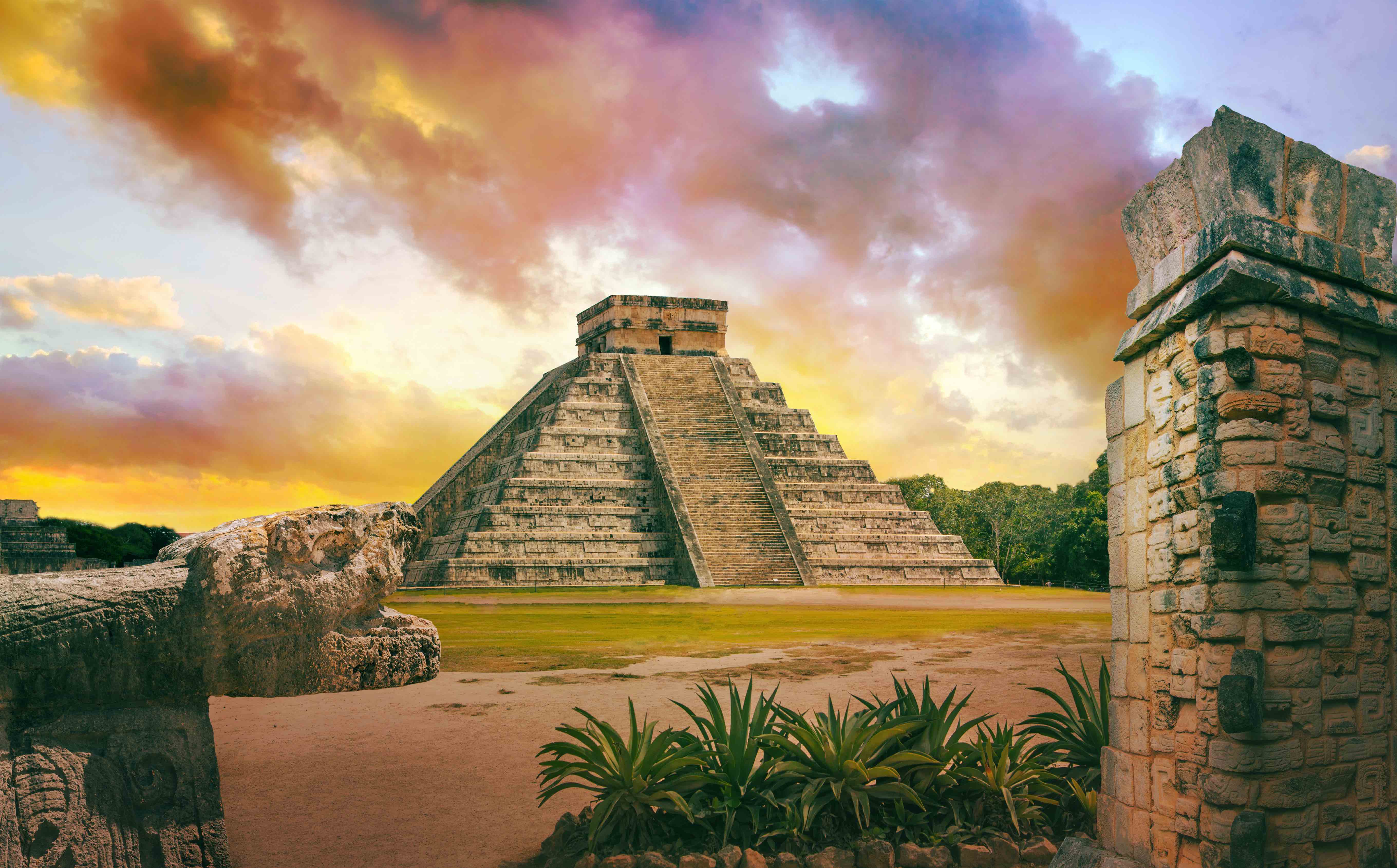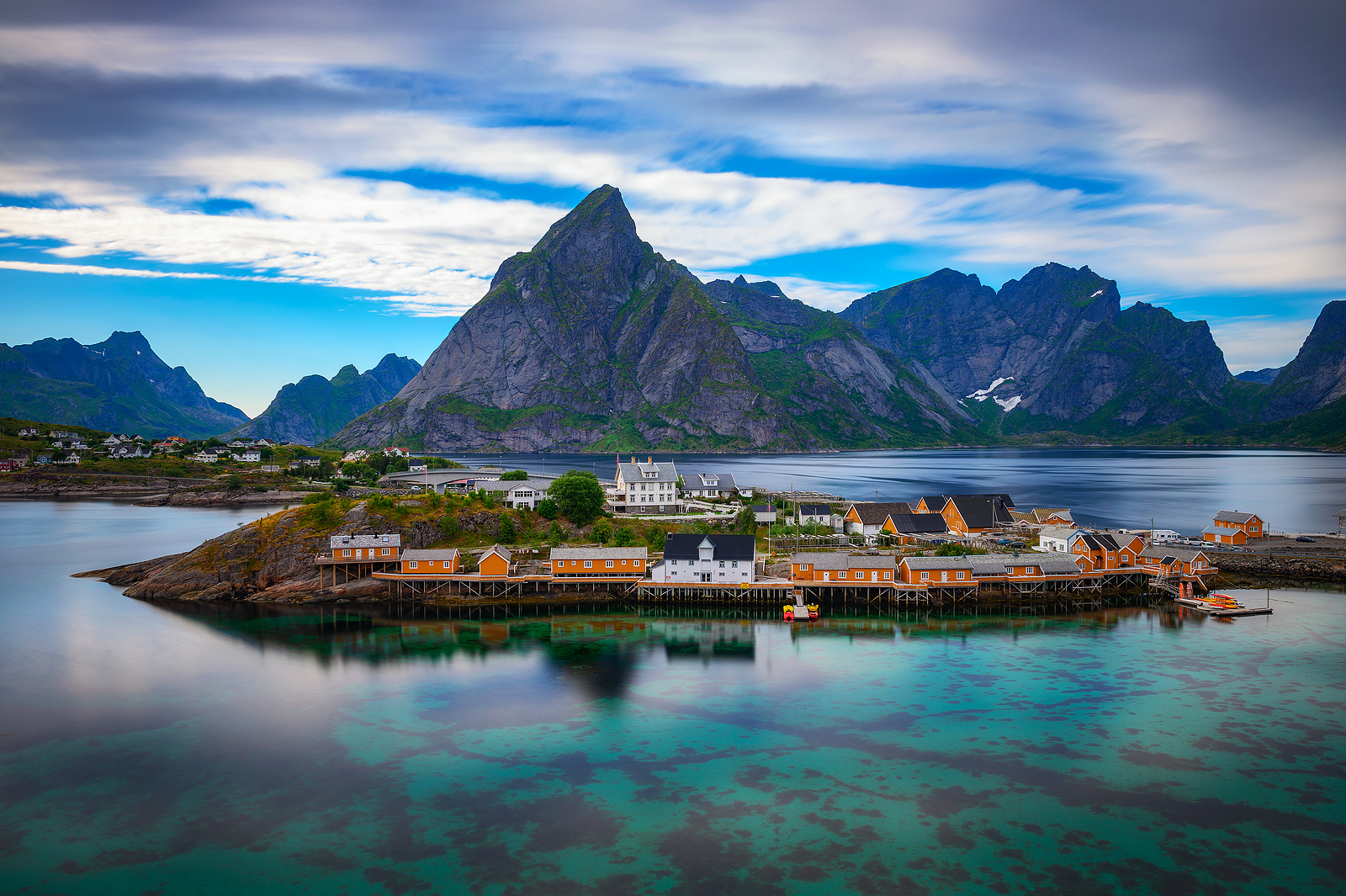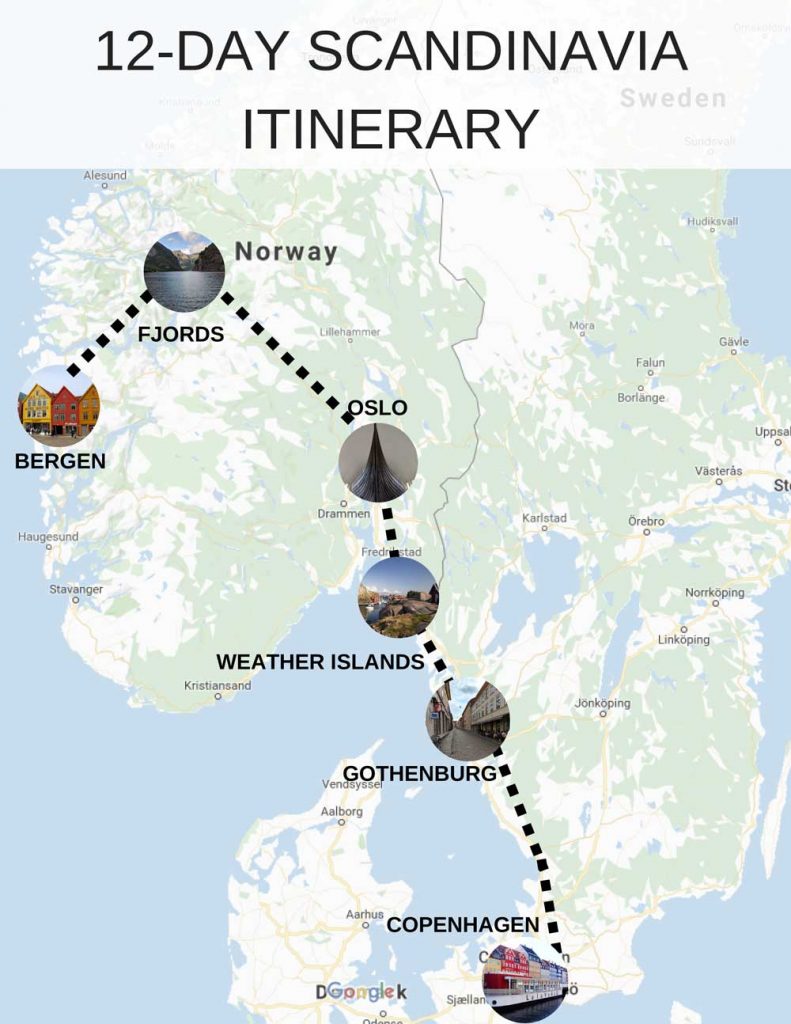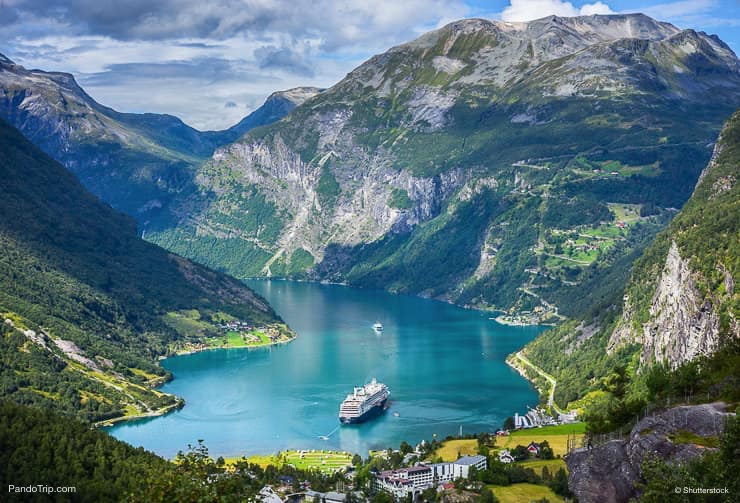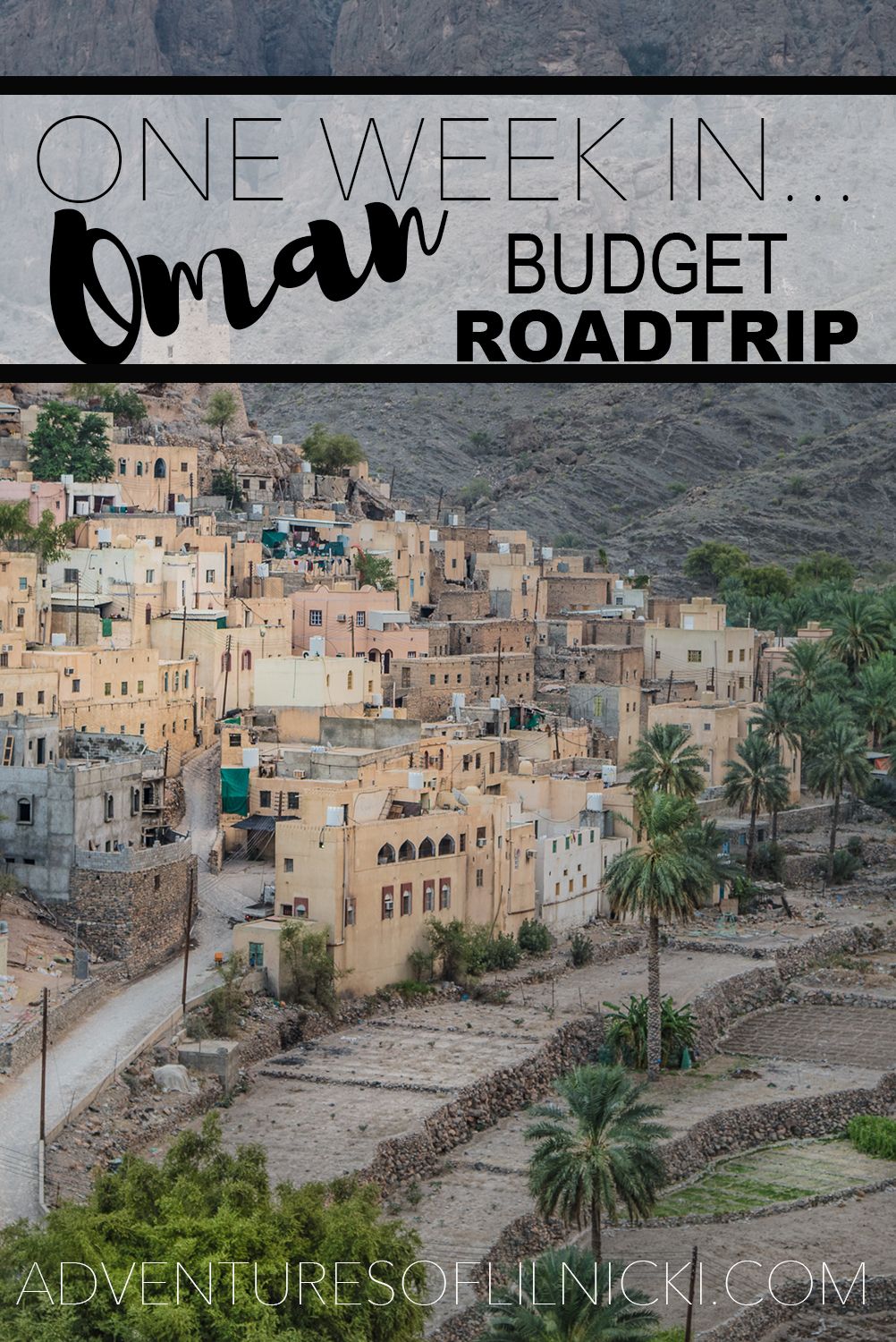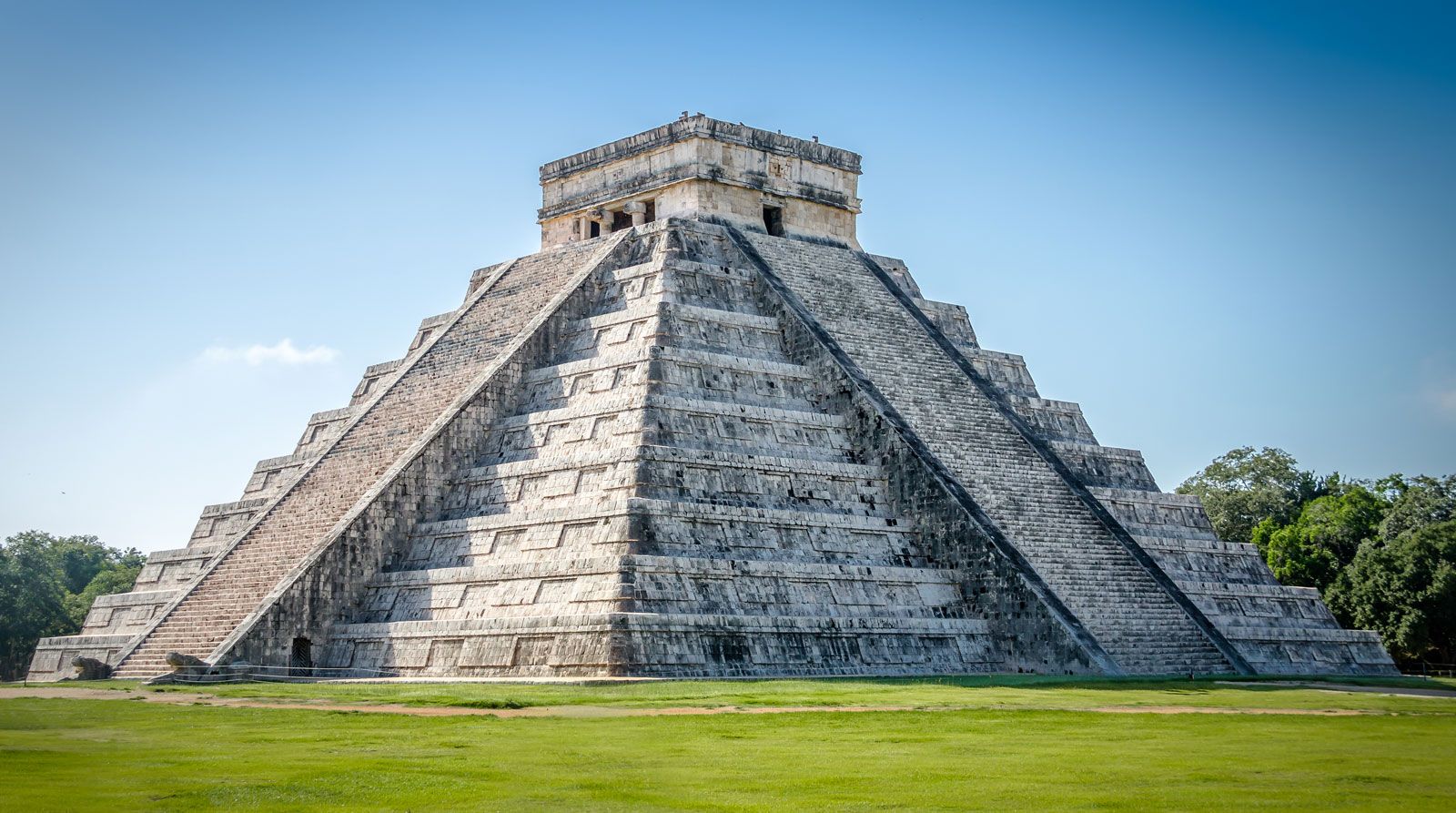
Chichen Itza, a name that resonates with ancient mystery and architectural marvel, stands as one of the most iconic archaeological sites in the world. Nestled deep within the Yucatán Peninsula of Mexico, this pre-Columbian city, built by the Maya civilization, offers a profound glimpse into a sophisticated culture that mastered astronomy, mathematics, and intricate construction. Recognized as a UNESCO World Heritage site and proudly holding its place as one of the New7Wonders of the World, Chichen Itza is more than just a collection of ruins; it is a living testament to human ingenuity and spiritual devotion, drawing millions of visitors each year to walk in the footsteps of a legendary past.
From its enigmatic feathered serpent pyramid to its sacred cenote and the grand ball court, every structure within Chichen Itza tells a story of gods, warriors, and a civilization deeply connected to the cosmos. This article will delve into the multifaceted wonders of Chichen Itza, exploring its rich history, unveiling its main attractions, providing essential travel tips, guiding you on the best time to visit, suggesting nearby accommodation, tantalizing your taste buds with local cuisine, and detailing transportation options to ensure a seamless and unforgettable journey.
I. A Glimpse into the Past: The Rich History of Chichen Itza
Related Articles about Chichen Itza: A Journey Through Time and Wonder:
- Unveiling the Rainbow Nation: Top Things to Do in South Africa
- Santorini: A Celestial Guide to the Aegean’s Crown Jewel
- Nepal: A Journey Through Mountains, Monasteries, and Ancient Kingdoms
- Thailand: A Tapestry of Enchantment – Unveiling the Kingdom’s Best Tourist Attractions
- Diving Deep into Paradise: Unveiling the Facts about Bora Bora Lagoon
The history of Chichen Itza is a complex tapestry woven from several centuries of Mayan civilization, marked by periods of both indigenous development and significant foreign influence. The name "Chichen Itza" itself translates from Yucatec Maya as "at the mouth of the well of the Itza," referring to the sacred cenote that served as a vital water source and a portal to the underworld for the ancient inhabitants.
The earliest settlements at Chichen Itza date back to the Late Classic period (600-900 AD), when it was primarily a Mayan city. During this time, the city began to establish its unique architectural style, characterized by detailed carvings and intricate stuccos, many of which can still be seen on structures like Las Monjas (The Nunnery).
However, the city truly rose to prominence during the Postclassic period (900-1200 AD) with the arrival and subsequent dominance of the Itza Maya people. It was during this era that Chichen Itza experienced a profound cultural and architectural transformation, largely attributed to the influence of the Toltec civilization from central Mexico, specifically from their capital city of Tula. This syncretism of Mayan and Toltec cultures is what makes Chichen Itza architecturally distinct from many other Mayan sites. The worship of the feathered serpent deity, Kukulcan (the Mayan equivalent of the Toltec Quetzalcoatl), became central to the city’s religious practices, heavily influencing its monumental constructions.
Under Itza-Toltec rule, Chichen Itza flourished as a major regional power, becoming a bustling economic and political hub. Its strategic location, access to a major water source, and sophisticated trade networks allowed it to exert considerable influence over much of the northern Yucatán Peninsula. During this golden age, many of the city’s most famous structures were erected or significantly expanded, showcasing advanced astronomical knowledge, engineering prowess, and a deep understanding of natural phenomena.
Around 1200 AD, for reasons still debated by archaeologists – ranging from environmental collapse and drought to internal conflicts or external invasions – Chichen Itza began a period of decline. Its political and economic dominance waned, and the city was gradually abandoned, though it remained a site of pilgrimage for the Maya for centuries. When the Spanish conquistadors arrived in the 16th century, they found the magnificent city largely deserted, overgrown by the dense jungle.
For centuries, Chichen Itza lay hidden, reclaimed by nature, until its "rediscovery" in the 19th century by explorers and archaeologists. Significant excavation and restoration efforts began in the early 20th century and continue to this day, revealing more of its secrets and carefully preserving its majestic structures for future generations. Its designation as a UNESCO World Heritage site in 1988 and its recognition as one of the New7Wonders of the World in 2007 cemented its status as a global treasure, inviting the world to marvel at the enduring legacy of the Maya.
II. Architectural Wonders: Main Attractions and Structures
Chichen Itza is a sprawling complex, and while many structures still lie hidden beneath the jungle, those that have been uncovered and restored offer an awe-inspiring journey through ancient Mayan and Toltec ingenuity.
1. El Castillo (The Pyramid of Kukulcan): Undeniably the star attraction, El Castillo, or the Temple of Kukulcan, is the iconic symbol of Chichen Itza. This massive step pyramid, rising 30 meters (98 feet) high, is a testament to the Maya’s profound astronomical knowledge. Each of its four sides has 91 steps, which, when combined with the single step to the temple at the summit, total 365 – representing the number of days in the solar year. During the spring and autumn equinoxes, a remarkable optical illusion occurs: the shadow of the pyramid’s corners falls upon the northern staircase, creating the illusion of a feathered serpent (Kukulcan) slithering down to the earth. This precise alignment showcases the Maya’s advanced understanding of celestial movements. The pyramid also contains an older, smaller pyramid inside, which can sometimes be visited, revealing a Chac Mool statue and a jaguar throne with jade eyes.
2. The Great Ball Court: The largest and best-preserved ball court in Mesoamerica, this imposing structure measures an astounding 168 meters (551 feet) in length. Here, the ancient Maya played a ritualistic ballgame, believed to have profound religious and political significance, sometimes culminating in human sacrifice. Carved panels along the walls depict scenes from the game, including decapitated players. The acoustics of the court are legendary; a whisper from one end can be heard clearly at the other, highlighting the architectural mastery of its builders.
3. Temple of the Warriors (and Group of a Thousand Columns): This impressive structure is fronted by a large, colonnaded courtyard known as the Group of a Thousand Columns, though there were likely never that many. Atop the pyramid itself sits the Temple of the Warriors, guarded by a Chac Mool statue – a reclining figure with a bowl on its stomach, believed to have been used for offerings. The temple’s pillars are intricately carved with depictions of warriors, reflecting the strong Toltec influence and military themes prevalent in the city’s later period.
4. El Caracol (The Observatory): Known as "The Snail" due to its spiral staircase, El Caracol is one of the most unique and significant structures at Chichen Itza. Its rounded shape is unusual for Mayan architecture, and its windows and platforms are precisely aligned to track the movements of Venus and other celestial bodies. This sophisticated observatory allowed Mayan astronomers to predict eclipses and mark solstices and equinoxes, crucial for their agricultural and religious calendars.
5. Cenote Sagrado (Sacred Cenote): A natural sinkhole, this massive, roughly circular cenote was much more than a water source; it was considered a sacred gateway to the underworld and a site for ritualistic offerings and sacrifices to the rain god Chaac. Archaeological dives have recovered a wealth of artifacts from its depths, including jade, gold, pottery, and even human remains, confirming its profound spiritual importance to the ancient Maya.
6. Other Notable Structures: Don’t miss the Tzompantli (Skull Rack), a platform adorned with carved skulls, reflecting the practice of displaying the heads of sacrificial victims or defeated enemies. Las Monjas (The Nunnery) is a highly decorated palace complex, notable for its intricate stucco work and hieroglyphic inscriptions, showcasing the earlier Mayan architectural style. The Akab Dzib (House of the Dark Writing) is another early structure, named for a hieroglyphic inscription found inside.
III. Planning Your Visit: Essential Travel Tips
Visiting Chichen Itza requires a bit of planning to maximize your experience and ensure comfort.
- Book in Advance: Especially during peak season or for the equinoxes, consider booking your entrance tickets online through the official INAH website or authorized tour operators. This can save you time waiting in line.
- Hire a Guide: While you can explore independently, an official licensed guide (identifiable by their credentials) can vastly enrich your visit. Their knowledge of Mayan history, astronomy, and symbolism brings the ruins to life. Agree on a price before starting the tour.
- Arrive Early: Chichen Itza opens around 8:00 AM. Arriving shortly after opening allows you to explore in cooler temperatures and avoid the largest crowds, particularly those arriving on tour buses from Cancun and Playa del Carmen.
- Hydrate and Protect from the Sun: The Yucatán can be incredibly hot and humid, especially during midday. Bring plenty of water, wear a wide-brimmed hat, sunglasses, and apply high-SPF sunscreen.
- Comfortable Footwear: You’ll be doing a lot of walking on uneven terrain, so comfortable closed-toe shoes are a must.
- Bring Cash: While major vendors accept cards, smaller souvenir stalls, water vendors, or local food stands might prefer cash (Mexican Pesos are best).
- Bug Spray: Especially during the rainy season or in shaded areas, mosquitoes can be present.
- Photography: You are generally allowed to take photos for personal use. Drones, tripods, and professional video equipment may require special permits and fees. Climbing on the structures, especially El Castillo, is strictly prohibited to preserve them.
- Respect the Site: Remember that Chichen Itza is a sacred historical site. Do not touch or climb on the structures, do not litter, and respect the cultural significance of the area.
- Accessibility: The main pathways are relatively flat, but some areas have uneven surfaces. Wheelchair access can be challenging in certain parts.
IV. The Ideal Window: Best Time to Visit
Choosing the right time to visit Chichen Itza can significantly impact your experience.
- Weather: The Yucatán Peninsula has a tropical climate, characterized by a dry season and a rainy season.
- Dry Season (November to May): This is generally considered the best time to visit. Temperatures are pleasant (though still warm), humidity is lower, and rainfall is minimal. However, this is also peak tourist season, meaning larger crowds and potentially higher prices for flights and accommodations.
- Rainy Season (June to October): While temperatures are hot and humidity is high, the rain typically comes in short, heavy downpours in the afternoon, often clearing to sunny skies. This period sees fewer crowds and potentially lower prices. However, the heat and humidity can be intense, and occasional tropical storms or hurricanes are possible (especially August-October).
- Crowds:
- Early Morning/Late Afternoon: Regardless of the season, visiting right after opening (8:00 AM) or a couple of hours before closing (around 5:00 PM) will help you avoid the midday rush of tour buses.
- Weekdays: Weekdays are generally less crowded than weekends.
- Equinoxes: The spring (March 20/21) and autumn (September 22/23) equinoxes are incredibly popular due to the Kukulcan shadow phenomenon. While a unique experience, be prepared for massive crowds, heavy traffic, and higher prices. If you want to witness this, plan and book everything far in advance.
For a balance of good weather and manageable crowds, aim for the shoulder months of November, early December, late April, or early May.
V. Where to Stay: Nearby Accommodation Options
Your choice of accommodation will largely depend on your travel style and how you plan to integrate Chichen Itza into your broader Yucatán itinerary.
-
Adjacent to the Site:
- Mayaland Hotel & Bungalows: Located literally steps from the archaeological zone, this historic hotel offers unparalleled convenience. Guests can often enter the site through a private entrance before the main gates open, providing a truly magical and uncrowded experience. It features beautiful grounds, pools, and a sense of old-world charm.
- Hacienda Chichen Resort & Yaxkin Spa: A beautifully restored colonial hacienda that dates back to the 16th century, also adjacent to the ruins. It offers a more luxurious and tranquil experience, focusing on sustainability and Mayan culture.
- Pros: Ultimate convenience, early access, immersive experience.
- Cons: Limited options, generally higher price point.
-
Valladolid (Approx. 45-minute drive):
- This charming colonial city is an excellent base for exploring Chichen Itza and other regional attractions like Ek Balam and various cenotes. Valladolid offers a more authentic Mexican experience with a range of hotels, from budget-friendly hostels to boutique hotels in historic buildings.
- Recommended: Hotel Meson del Marques (historic, on the main square), Zentik Project (unique, with a salt-water cave pool), Hotel Zaci (good value, central).
- Pros: Authentic atmosphere, good food scene, central location for regional exploration, more budget-friendly.
- Cons: Requires driving or transportation to Chichen Itza.
-
Mérida (Approx. 1.5-hour drive):
- The vibrant capital of Yucatán state, Mérida is a cultural hub with stunning colonial architecture, world-class museums, and a lively culinary scene. It’s a great choice if you want to combine your Chichen Itza visit with a deeper dive into Yucatecan culture and city life.
- Recommended: Rosas & Xocolate Boutique Hotel, Hacienda Xcanatun by Angsana, Hotel Casa Azul.
- Pros: Rich cultural experience, wide range of dining and entertainment, beautiful city.
- Cons: Longer drive to Chichen Itza.
-
Cancun / Playa del Carmen / Tulum (Approx. 2-3 hour drive):
- Many visitors choose to stay in the popular resort towns on the Riviera Maya and take a day trip to Chichen Itza. This is a convenient option if you’re primarily interested in beach resorts and want to dedicate just one day to the ruins.
- Pros: Wide array of resort options, beaches, nightlife.
- Cons: Long travel time, often involves early morning starts for day trips, less authentic experience.
VI. A Taste of Yucatán: Local Food and Culinary Delights
Yucatecan cuisine is distinct from other Mexican food, characterized by its unique blend of Mayan, Spanish, and even Caribbean influences. The flavors are often complex, with a balance of sweet, sour, and spicy. A visit to Chichen Itza is incomplete without savoring these local specialties:
- Cochinita Pibil: The undisputed king of Yucatecan cuisine. This slow-roasted pork is marinated in sour orange juice and achiote paste (which gives it a distinctive red color), wrapped in banana leaves, and cooked in a pib (earth oven) for hours until incredibly tender. Served with pickled red onions and habanero salsa, often in tacos or tortas.
- Sopa de Lima: A refreshing and tangy chicken-lime soup, flavored with local ingredients like sour orange, tortilla strips, and shredded chicken. It’s surprisingly hearty and perfect for a warm day.
- Papadzules: A simple yet delicious dish. Tortillas are dipped in a pumpkin seed sauce, filled with hard-boiled eggs, and then topped with more pumpkin seed sauce and a tomato-habanero salsa. It’s often described as a "Mayan enchilada."
- Panuchos and Salbutes: These are common street food staples. Panuchos are fried tortillas stuffed with black beans and topped with various ingredients like cochinita pibil, turkey, or chicken, along with pickled onions and avocado. Salbutes are similar but without the bean stuffing, often lighter and crispier.
- Relleno Negro: A complex and intensely flavored dish, traditionally made with turkey and a dark, rich, almost black sauce (recado negro) made from roasted chiles, spices, and masa. It often contains hard-boiled eggs and meatballs.
- Huevos Motuleños: A classic Yucatecan breakfast. Fried eggs are served on tortillas, topped with a vibrant tomato-habanero sauce, ham, peas, and often a sprinkle of cheese.
- Drinks:
- Horchata: A refreshing rice-based drink, sweet and cinnamon-flavored.
- Agua de Jamaica: Iced hibiscus tea, tart and sweet.
- Chaya: A nutrient-rich leafy green, often blended into fresh, invigorating juices.
- Xtabentún: A traditional Mayan liqueur made from anise and fermented honey from the xtabentún flower, often served as a digestif.
Look for local comedores (small, informal eateries) or restaurants in Valladolid or Mérida for the most authentic and delicious culinary experiences.
VII. Getting There: Transportation Options
Chichen Itza’s relatively central location in the northern Yucatán makes it accessible from various points.
-
Rental Car:
- Pros: Offers the most flexibility and freedom to explore at your own pace, stop at cenotes or other attractions along the way (like Ek Balam or Izamal). Roads are generally well-maintained, and signage is clear.
- Cons: Requires confidence in driving in a foreign country, navigating, and dealing with potential traffic or speed bumps (topes). Ensure your rental includes full insurance. Parking is available at Chichen Itza for a fee.
- From: Cancun (approx. 2.5-3 hrs), Playa del Carmen (approx. 2-2.5 hrs), Mérida (approx. 1.5-2 hrs), Valladolid (approx. 45 mins).
-
Organized Tours:
- Pros: The most convenient option, especially if staying in Cancun or Playa del Carmen. Tours typically include round-trip transportation, an official guide, and sometimes lunch or a stop at a cenote. Various tour operators offer different packages, from budget-friendly to luxury.
- Cons: Less flexibility, fixed itinerary, can feel rushed, often involves multiple hotel pickups.
- Available from: All major tourist hubs like Cancun, Playa del Carmen, Tulum, and Mérida.
-
ADO Bus (Public Bus System):
- Pros: Economical, comfortable, and reliable. ADO is Mexico’s premier bus line, offering first-class service with air-conditioning and reclining seats.
- Cons: Fixed schedules, drops you at the Chichen Itza entrance, but you’ll need to arrange your own guide there. May not be ideal if you want to visit other places on the same day.
- Routes: Regular direct buses to Chichen Itza from Cancun, Mérida, and Valladolid.
-
Colectivos (Shared Vans):
- Pros: Cheapest option, good for short distances.
- Cons: Less comfortable, often crowded, may not be direct, requires more local knowledge.
- Route: Primarily used for travel between Valladolid and Pisté (the town just outside Chichen Itza). You can take a colectivo from Valladolid to Pisté and then walk a short distance or take a taxi to the Chichen Itza entrance.
Regardless of your chosen mode of transport, planning your journey will ensure you arrive refreshed and ready to immerse yourself in the wonders of Chichen Itza.
Conclusion
Chichen Itza is more than just an archaeological site; it is a profound journey into the heart of an ancient civilization that continues to inspire awe and wonder. From the celestial alignments of El Castillo to the sacred depths of the Cenote Sagrado, every stone and every carving whispers tales of gods, kings, and an enduring human spirit. By understanding its rich history, exploring its magnificent structures, and planning your visit with these practical tips, you can ensure a deeply enriching and unforgettable experience. As you walk through this legendary city, you’re not just observing ruins; you’re connecting with a legacy that shaped a continent and continues to captivate the world, leaving an indelible mark on all who venture to its sacred grounds.
